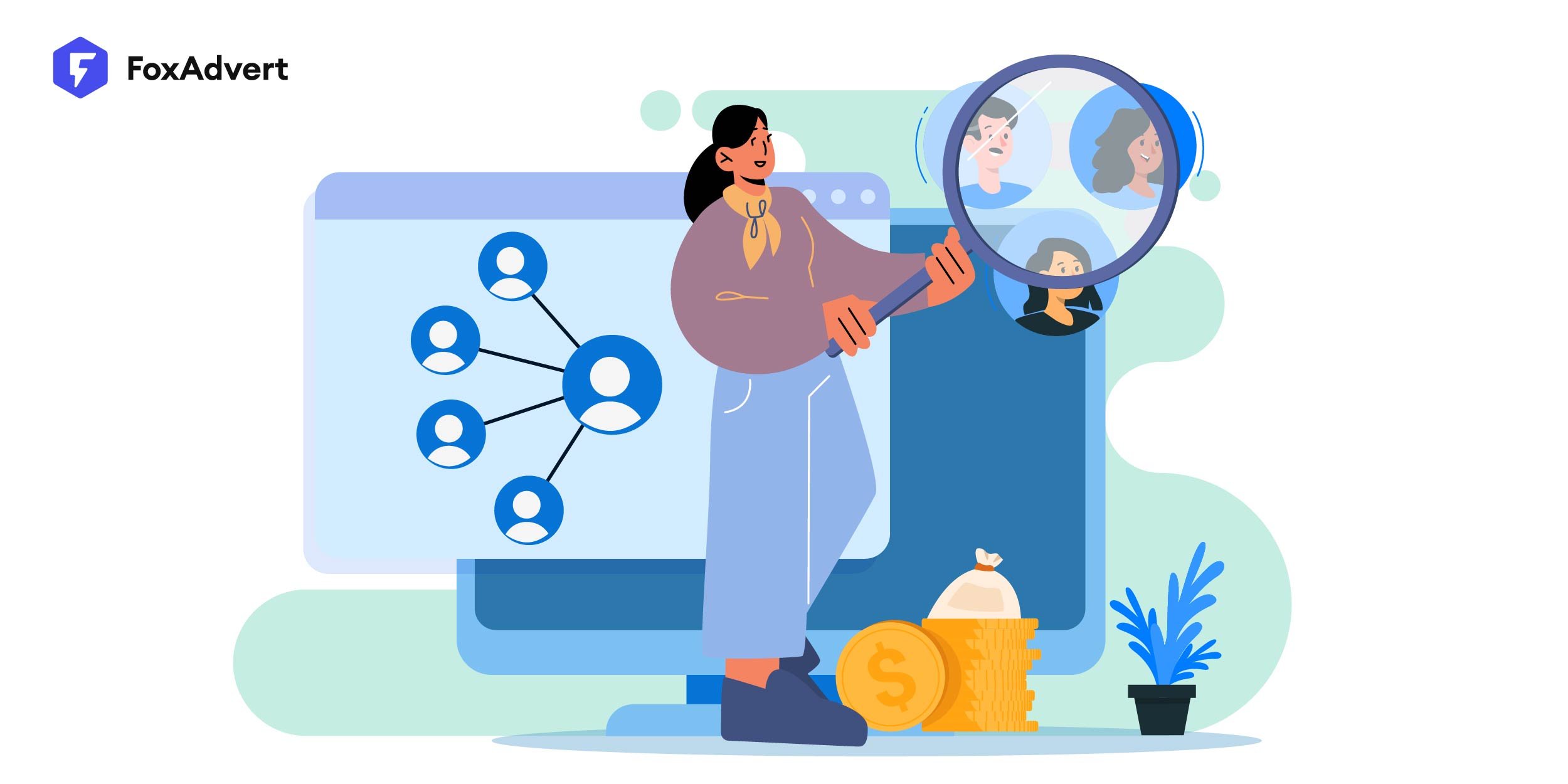
In the dynamic landscape of social media advertising, advanced audience segmentation has become a pivotal strategy for achieving more precise targeting and enhanced campaign effectiveness. This approach transcends traditional methods, offering deeper insights into audience behavior and preferences. To fully harness the power of advanced audience segmentation, brands must implement a structured approach. This article explores the evolution of audience segmentation, its benefits, and a step-by-step guide to effective implementation.
Historically, audience segmentation relied on broad categories such as age, gender, and location. While these metrics provided a starting point, they were often too generalized to effectively target diverse consumer needs. The shift towards advanced segmentation has introduced more granular methods, driven by data analytics and machine learning.
Modern audience segmentation now incorporates:
These advancements allow brands to move beyond simplistic categorizations, enabling more tailored and relevant advertising strategies.
To effectively implement advanced audience segmentation, brands should follow a structured approach:
The first step in implementing advanced audience segmentation is robust data collection. Brands need to gather extensive data from various sources, including:
Once data is collected, it must be analyzed to identify meaningful patterns and trends. This involves:
Tools such as Google Analytics, social media insights, and data visualization platforms can aid in this analysis, providing a clearer picture of audience dynamics.
With insights from data analysis, the next step is to create specific audience segments. Effective segment creation involves:
While segments should be specific to ensure relevance, they must also be broad enough to justify targeted campaigns. Striking the right balance ensures that the segments are actionable and large enough to support meaningful advertising efforts.
With defined segments in place, brands can now create personalized content and campaigns tailored to each segment's unique characteristics. This involves:
Dynamic ads can further enhance personalization by automatically adjusting content based on user behavior and preferences. For instance, a user who frequently views certain types of products might see ads featuring those products with personalized offers.
Advanced audience segmentation is an iterative process. Brands should continuously monitor the performance of their segments and refine their strategies based on results. This involves:
Audience preferences and behaviors can change over time. Staying attuned to these changes and adapting segmentation strategies accordingly ensures that campaigns remain relevant and effective.
Embracing advanced audience segmentation can transform your social media advertising strategy, and FoxAdvert is here to help you unlock its full potential. Our cutting-edge data-driven solutions and expertise in digital marketing ensure that you can effectively implement advanced segmentation techniques, driving unparalleled results for your brand. With FoxAdvert's innovative tools and tailored strategies, you’ll achieve precise targeting, maximize ROI, and elevate your brand’s presence in the competitive digital landscape.
Are you ready to elevate your app's success? Contact us for a free consultation with our expert team, who are eager to hear about your journey. Prefer an in-person brainstorming session? Schedule a meeting with us to strategize together. Let FoxAdvert guide you—your app's path to excellence starts now!